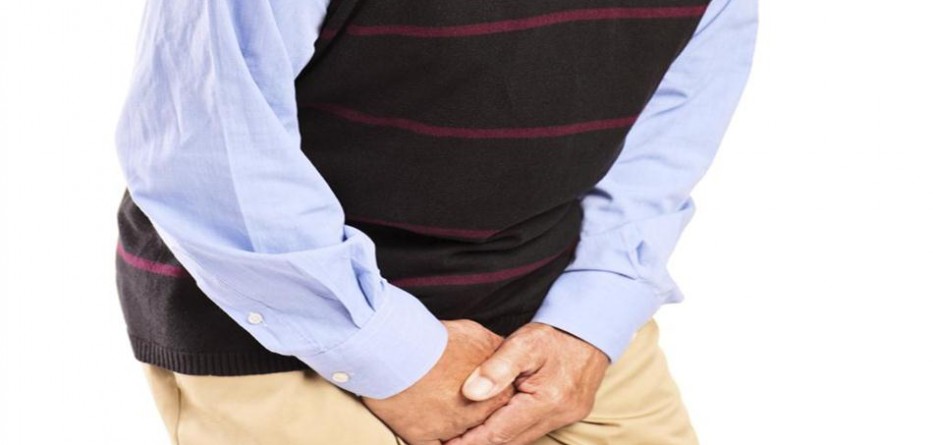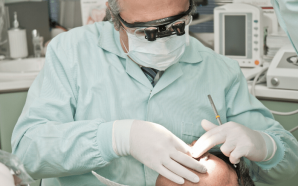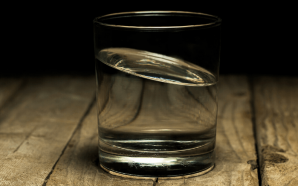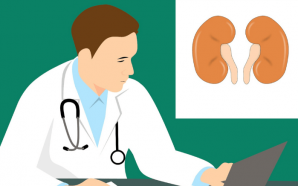Suffering from an overactive bladder (OAB) can be upsetting, disappointing and additionally humiliating. OAB alludes to an issue in the bladder that causes it to contract before it is full, bringing about a sudden desire to urinate, which could prompt the accidental loss of urine. With the right diagnosis, OAB can be dealt with and the symptoms can be reduced and alleviated.
Reasons for OAB
As urine is transported to the bladder from the kidneys, the bladder inflates like a balloon with a specific end goal. Once the bladder is 33% of the way full, it sends signals to the brain that it is getting full and you start to sense that you have to urinate soon. The more the bladder fills, the more urgent the desire becomes. When you start urinating, the bladder muscles contract and drive the pee out.
In the case of OAB, the muscles of the bladder contract without warning, despite the fact that the bladder may not be full. This causes a sudden inclination to urinate in the individual. The urge causes the individual to need to hurry to the restroom, frequently bringing about mishaps.
There are a few components that might prompt OAB, including:
1) Excess liquid intake
2) Excess caffeine or liquor consumption
3) Urinary tract infections
1. Medications for OAB
If you are diagnosed with OAB, these are the general options for treatment that a doctor might give you:
1. Behavioral Therapy
The accompanying behavioral treatments ought to first be utilized as a part of request to treat the manifestations of OAB:
a) Reduction in Fluid Intake – Beverages, for example, tea and espresso can bring about serious incontinence issues; subsequently consumption of such beverages ought to be minimized as a first choice.
b) Double Voiding – After urinating, wait a couple of minutes and try urinating again keeping in mind the end goal to empty the bladder.
c) Physical Exercise – Pelvic floor works out, called kegels, are an awesome approach to reinforce the powerless muscles that can in some cases lead to incontinence. Kegels are performed by contracting the same muscles as one would use to quit urinating. Contract the muscles, hold for a few moments and afterward relax. Do the same activity ten times, a few moments apart. Inside of 2-3 months OAB sufferers ought to start to feel more control over their urinary stream and less frequencies of spillage.
d) Catheterization – If the specialist prescribes it, then OAB sufferers might need to perform self-catheterization so as to discharge the bladder. Some famous catheters include the foley catheter and minstrel catheter.
e) Absorbent Pads – Another alternative to avoid accidents as an aftereffect of OAB is to wear menstrual pads or specifically made OAB pads. One might likewise utilize various other incontinence items to control OAB.
2. Medicine
In the event that behavioral therapy does not work, then pharmaceuticals might be the next step to take. There are various restorative medications accessible for OAB, including: anticholinergics. These must be prescribed by a doctor so if your symptoms do not alleviate then you might need to speak to a doctor.
3. Surgery
If all else fails, individuals suffering from extreme incontinence might need to experience surgery.
Surgical techniques are normally just performed on ladies who don’t benefit from any of the above three strategies and are still suffering from OAB. Some surgical alternatives accessible for treating incontinence include:
a) Artificial urinary sphincter
b) Bladder neck suspension
c) Collagen infusion
Sourced from: dugout
Photo: Thinkstock/Ljupco








